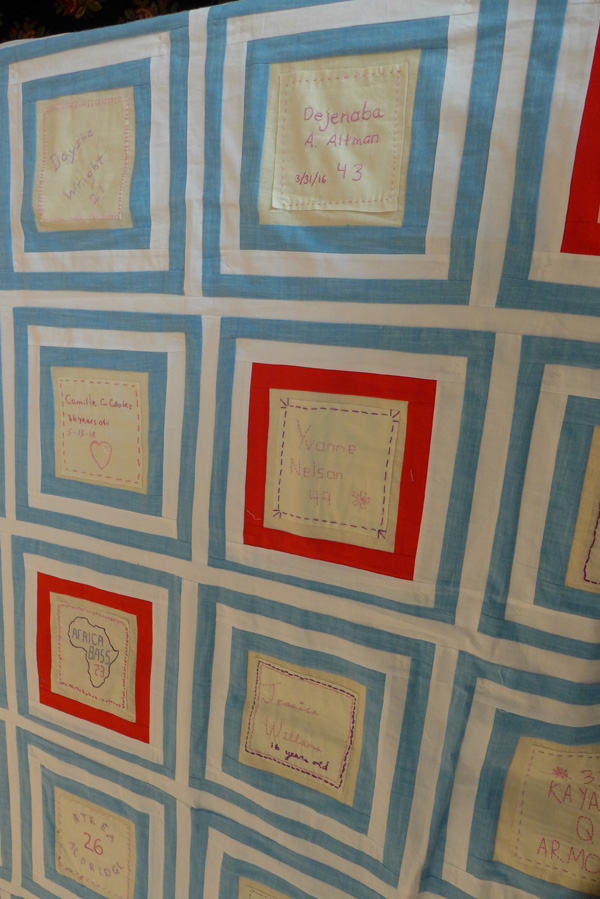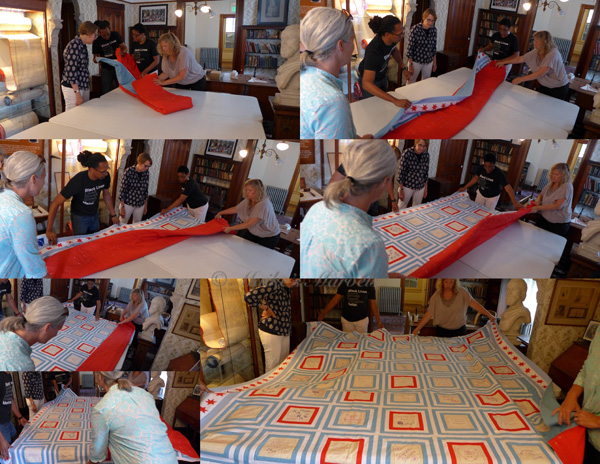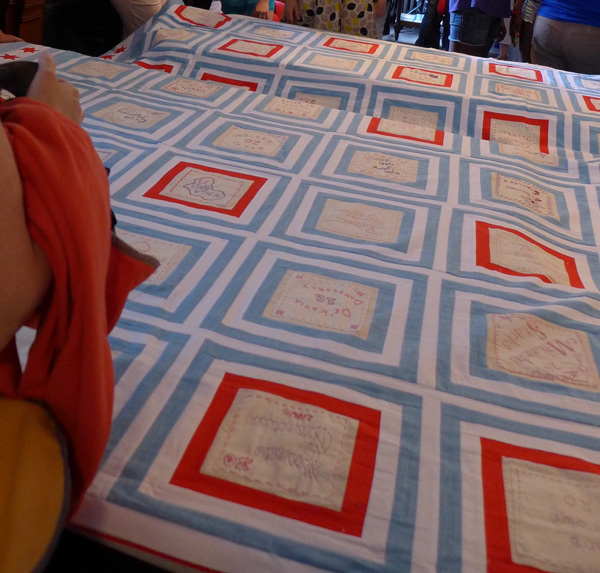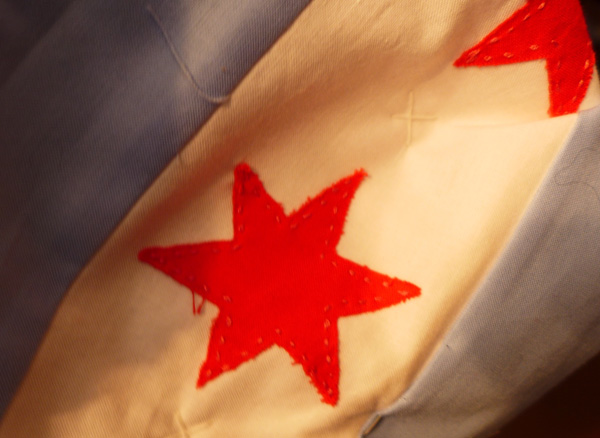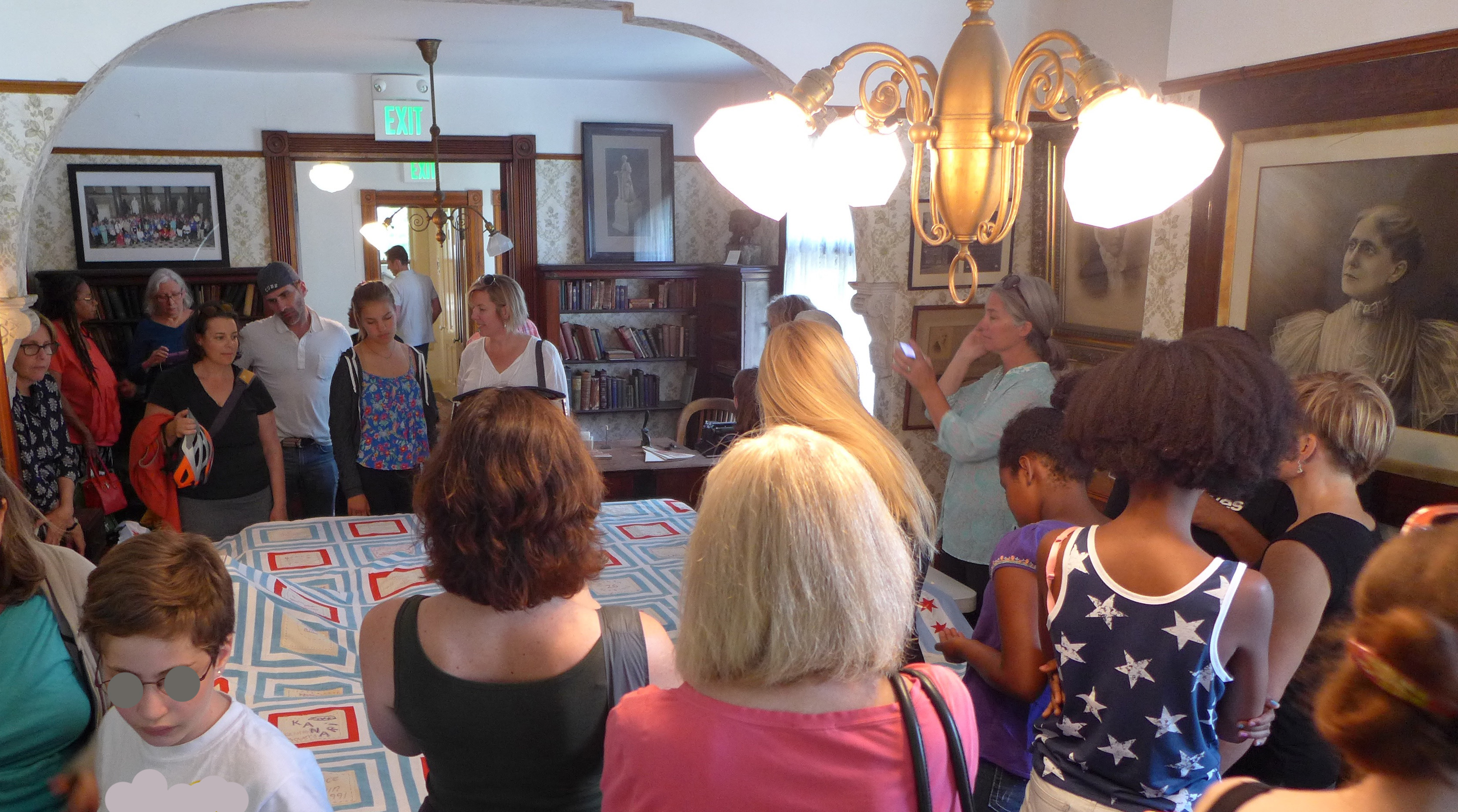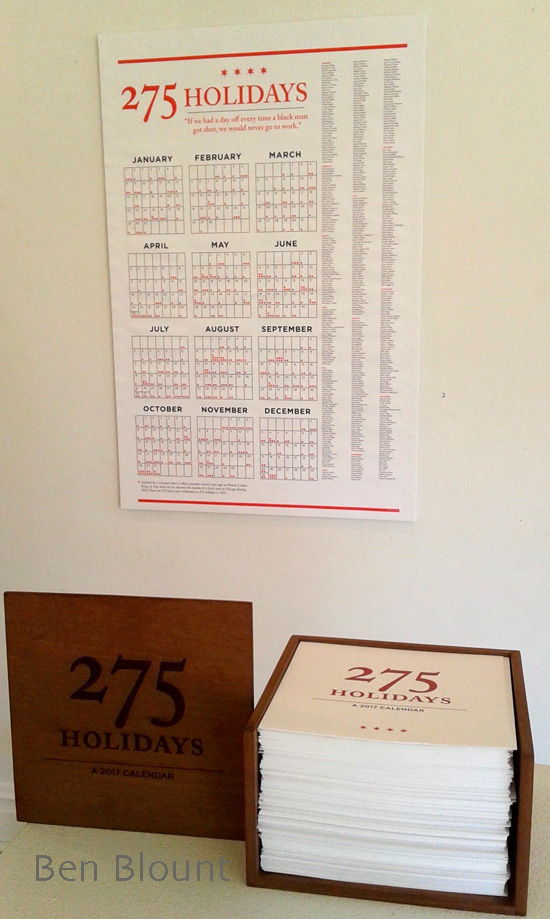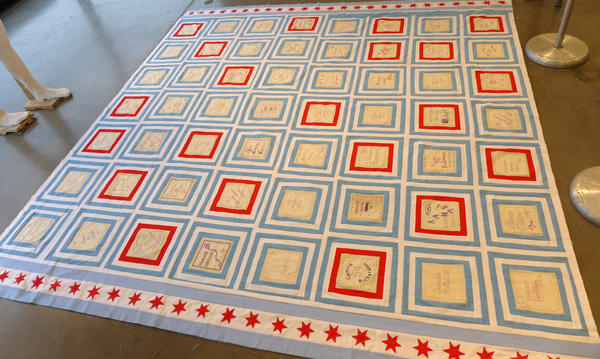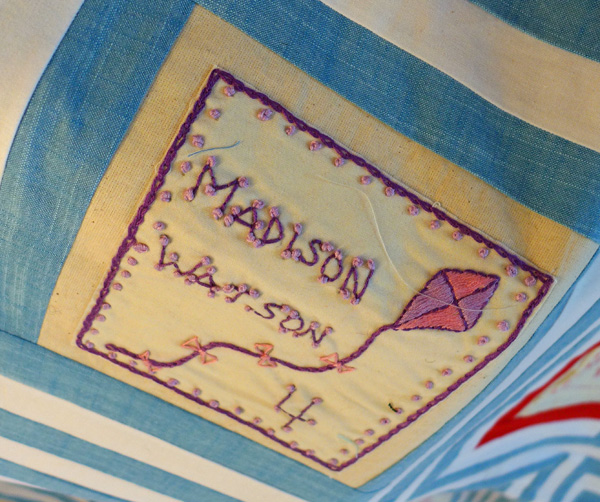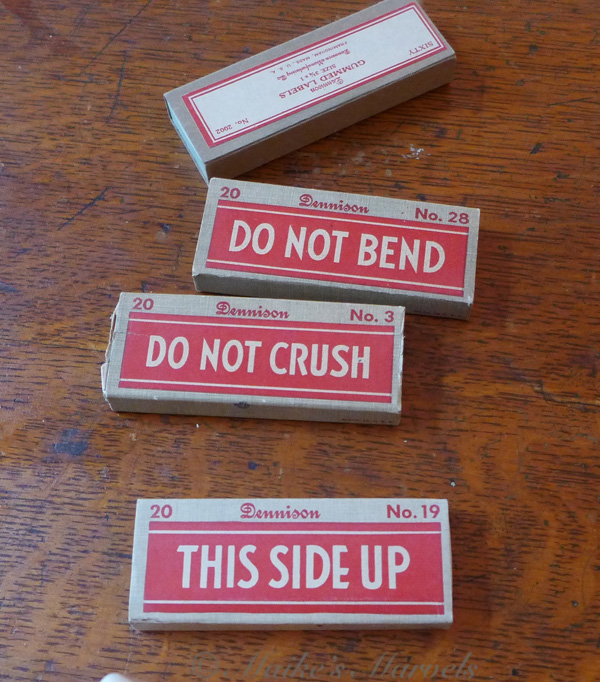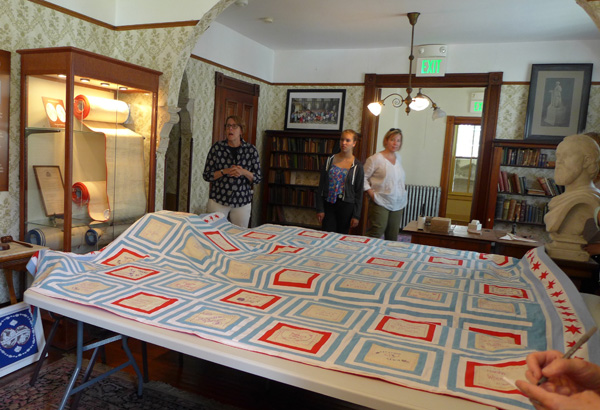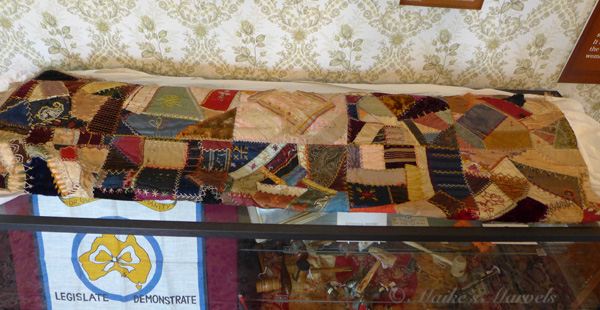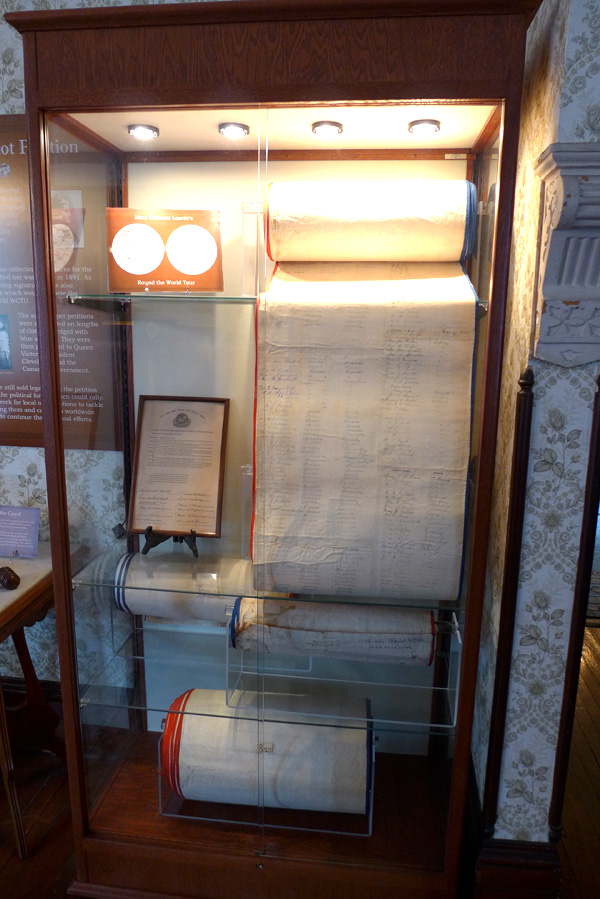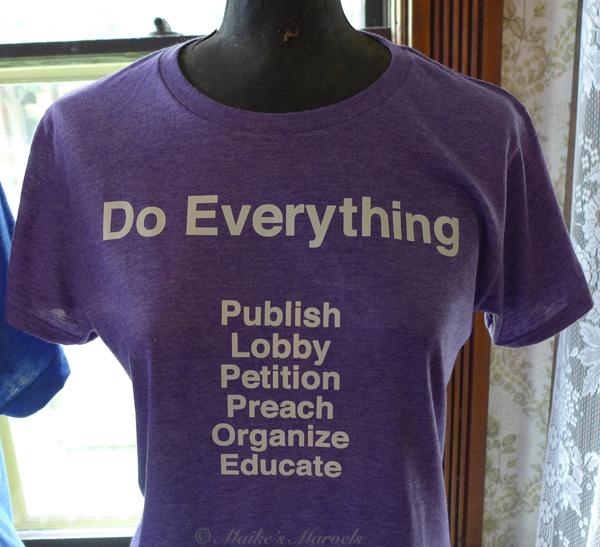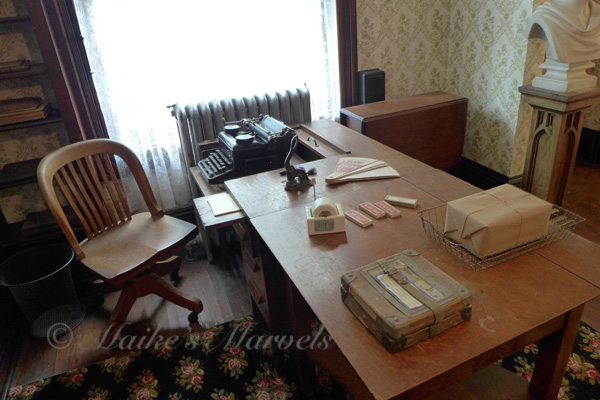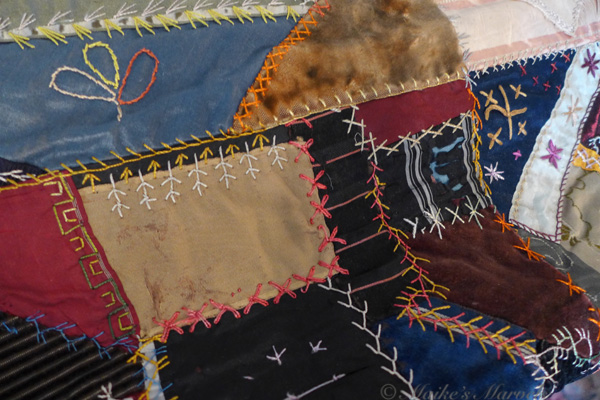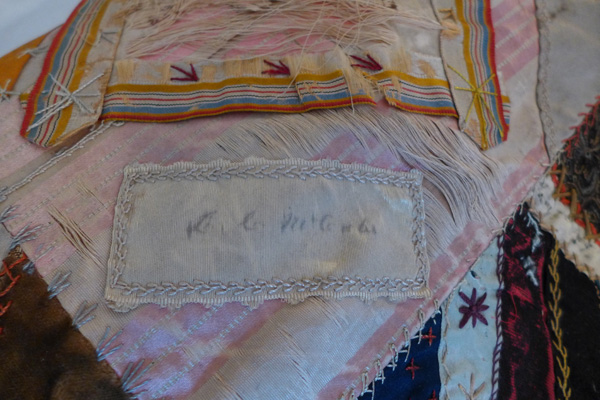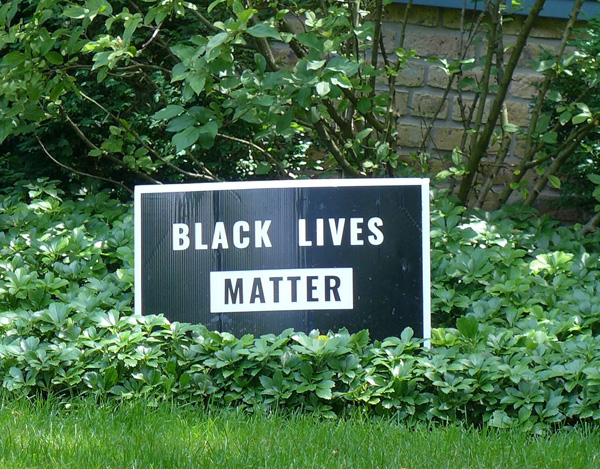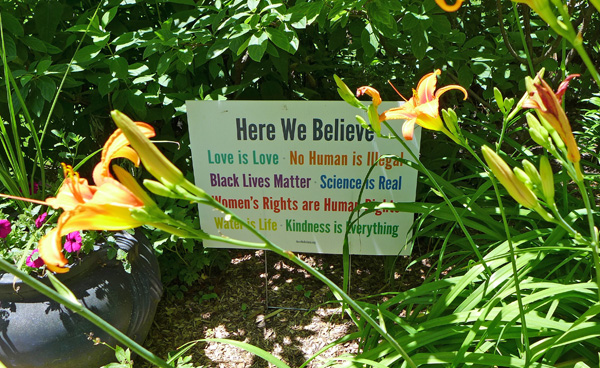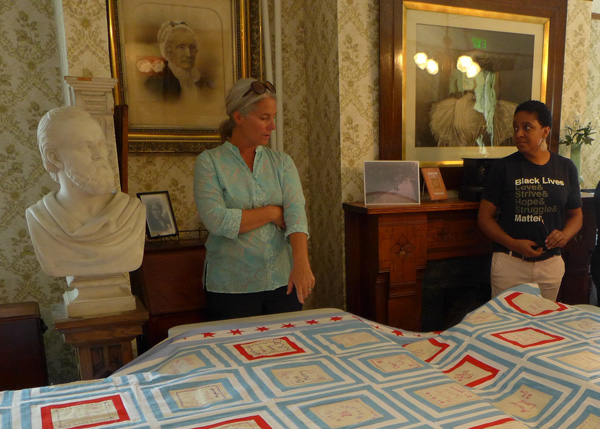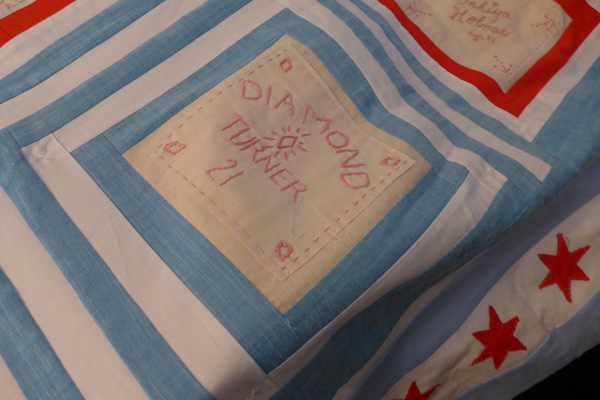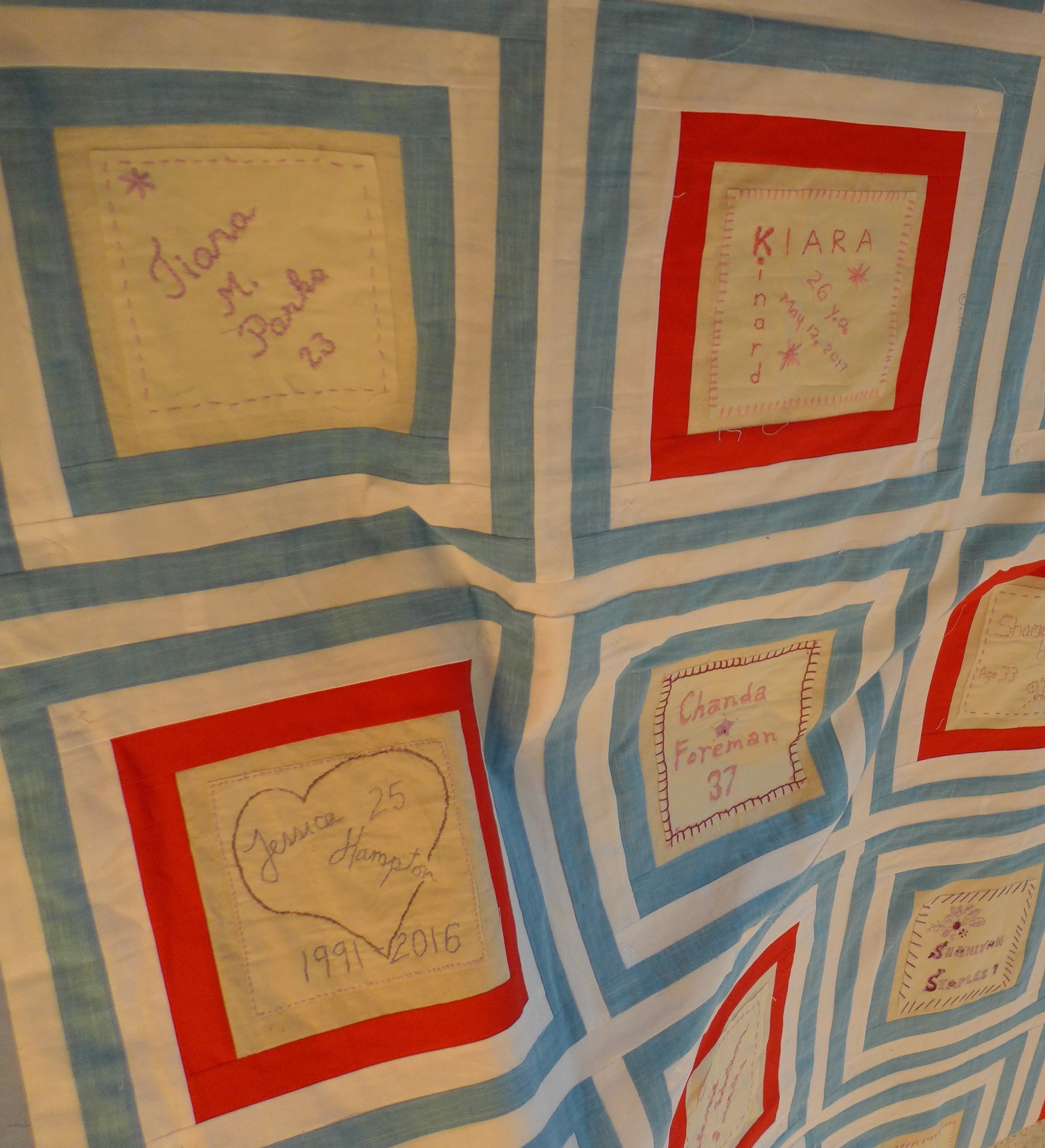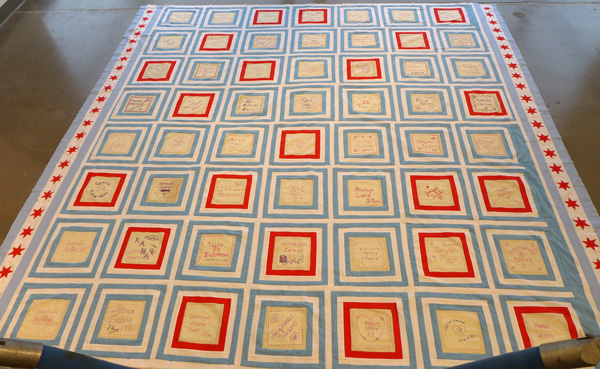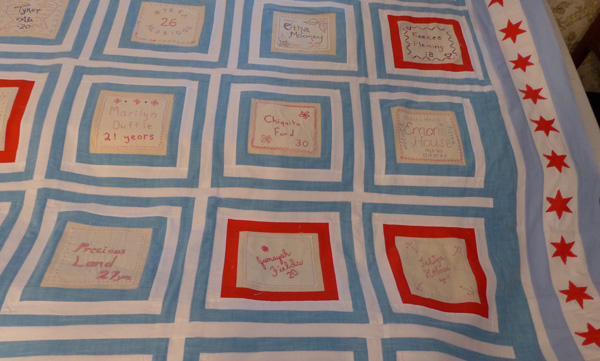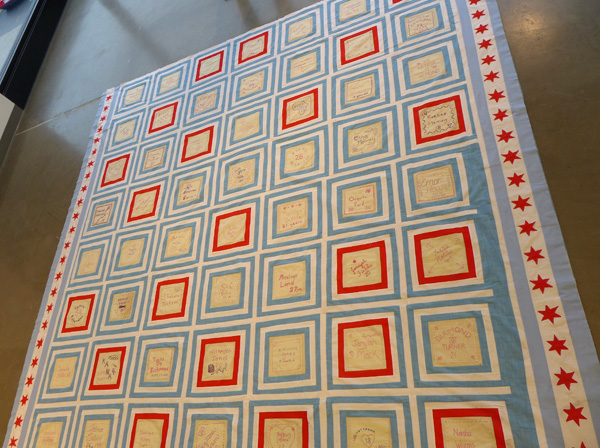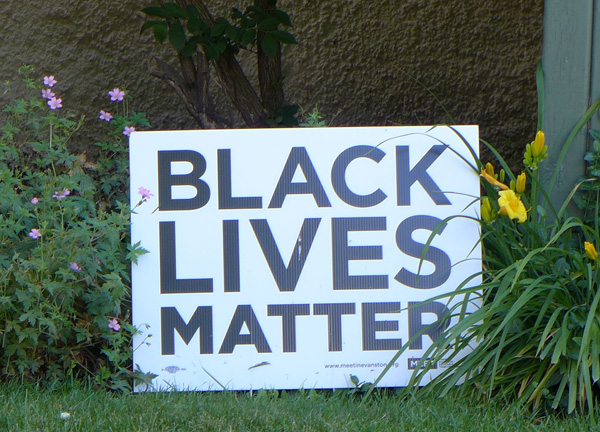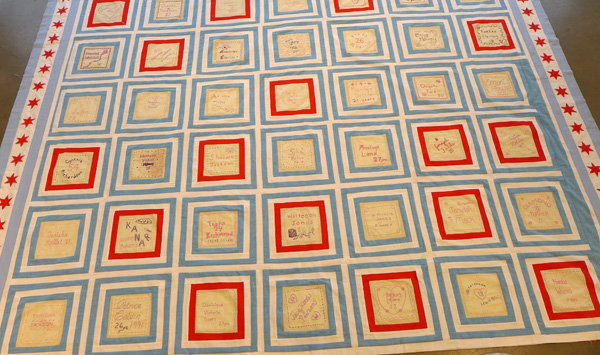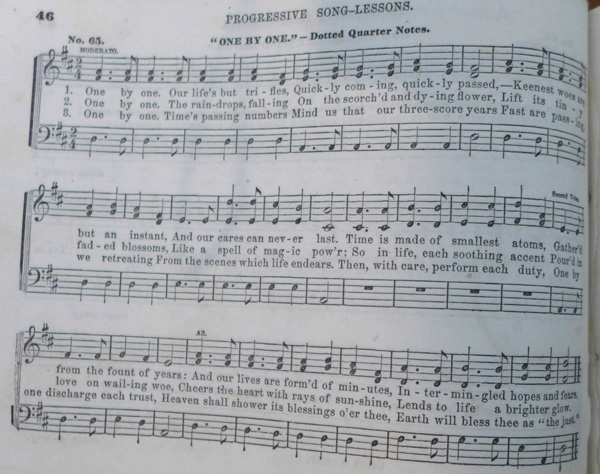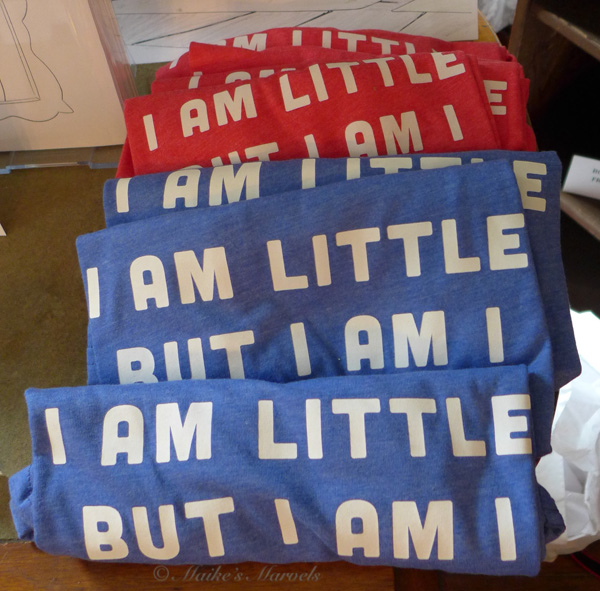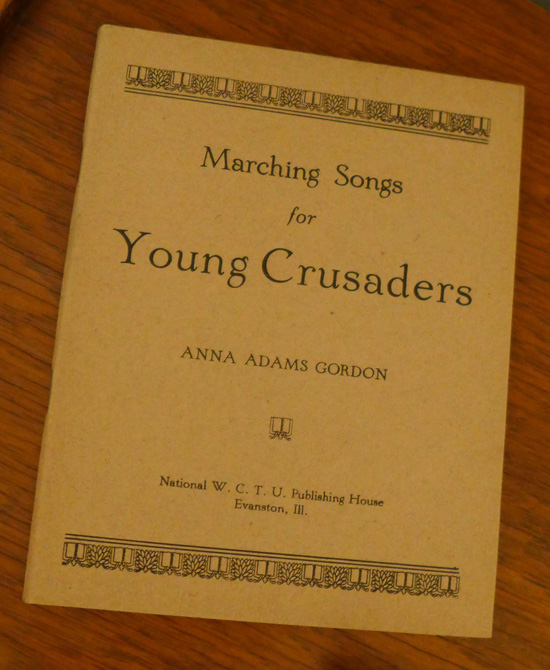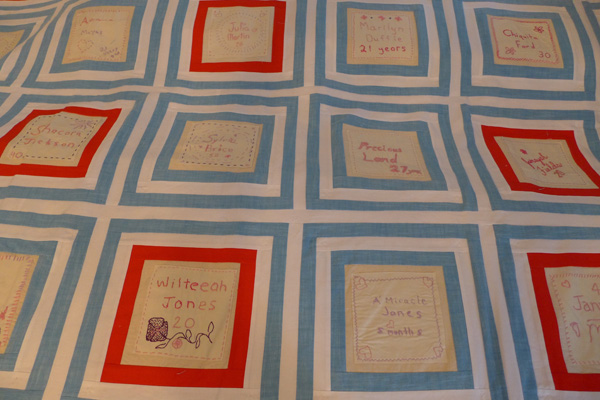Art & Culture, Musings and Inspiration
Black Lives Matter Witness Quilt
“I see this quilt as an opportunity to create repair.
When you have empathy, it is hard to do damage.
We haven’t dealt with the idea of how we have dehumanized black folk.”
~ Melissa Blount
On June 25, Evanston residents gathered for the unveiling of the Black Lives Matter Witness Quilt at the Frances Willard House Museum. The Black Lives Matter Witness Quilt was created by Melissa Blount, Making Evanston Equitable Together (MEET) and community volunteers, to honor and draw attention to the lives of Black women and girls lost to violence in Chicago by incorporating their names into a community quilt.
Community Sewing Circles of all levels gathered over the last several months to create this unique and beautiful quilt. 50 participants received the names of 56 women killed in 2016 through May 2017 and hand-stitched quilt blocks based on the biographies of each person.
Then the Blounts collected all the squares and sewed them into proper quilt blocks. The colors blue, white and red reflect the Chicago flag. Evanston Stitchworks had provided advice on the pattern, and then print artist Ben Blount assisted with the pops of red within the quilt. One person focused on making the stars, which are purposely sewn on incorrectly to show that Chicago is “upside down”, said Melissa.
The final quilt was revealed at the Frances Willard Home. “It turned out amazing, much more than I ever thought,” Melissa Blount
The quilt came out of Ben Blount’s exhibit in February at 1100 Florence. Around Martin Luther King Day a colleague stated that if there was a day off for every black man killed, no work would be done. Ben took this comment to heart, and started researching the number of men killed in 2016. In Chicago alone, this made for 275 Holidays in 2016, which he documented as a calendar.
While he was focusing on the men, he felt he was dismissing the lives of the black women. So his wife Melissa Blount took up the torch to research the homicides of women. Using the DNAInfo Chicago Murder timeline, she collected the names and stories of 56 women and girls.
Inspired by Seneca artist Marie Watt and the quilters of Gee’s Bend, Melissa chose to create a quilt (which she had never done before). She started hosting social justice social circles. Using pink floss, the attendees set about sewing their squares after they were given names and stories of their individual. One mother brought her young son, who worked on the quilt block of an infant. The youngest name is of a 2-month old baby.
One baby on the quilt was born prematurely after her mother was shot, and died later. Another baby died after a woman in her 8th month of pregnancy was beaten. Three sisters are also memorialized on the quilt, who were killed in an aunt’s multi-unit house fire set by arson. One name is the daughter of a Chicago Police officer another the cousin of a basketball athlete.
When Frances Willard House curator Lori Osborne heard of the event, she offered the museum up as a venue to unveil the quilt. The Frances Willard House served as headquarters for the Women’s Christian Temperance Union, an initiative to defend women’s rights by curbing domestic violence which was linked to men’s alcohol abuse.
“It was this blending of the past and the present in such a special way that made this venue so appropriate,†said Lori.
The women’s temperance movement used quilts as an expression to add their voices to political statements, Lori explained. A Victorian quilt was on display that held signatures of women from Illinois, Iowa and Colorado.
“It [quilting] was giving them back a voice in the power they lost,” said Lori. A petition at the Frances Willard House was sewn together after individual signatures were collected in various parts of the US.
Melissa pointed out that Frances Willard is criticized for not helping Ida B. Wells with the anti-lynching movement. Ida had asked Frances to participate, and she was originally on board. However, when she approached southern women about the initiative, she was told that these men were ‘rightfully’ being lynched, and that Frances would not be given funding for her initiatives if she became part of the anti-lynching campaign. So Frances backed off.
“Frances was about helping women deal with domestic violence and substance abuse,” said Melissa. “Frances was a badass for her time. She raised the marriageable age for women, she worked on prison reform, she wanted to empower women with Gladys (her bicycle) and movement.”
“The history of America is so complicated and nuanced. I don’t want to erase her contribution because she was a woman of her time,” Melissa said.
Nonetheless, today we should be bolder, especially in Evanston. Quoting a conversation with a younger woman, Melissa said: “If your feminism is not intersectional, it is not feminism.â€
Melissa’s aim is to act as allies and collaborators in the idea of peace building and creating a beloved community. She believes Evanstonians can serve as an example to the rest of the country. Niles North School was involved in the project as well after one staff member participated in an early sewing circle.
“What we have here in Evanston can be solved if we are really intentional about doing this work”, said Melissa. “There is a cognitive dissonance between what we think Evanston is [in terms of diversity and equity] than what it actually is.”
How does this quilt relate to Black Lives Matter? Melissa had an answer to that: Black Lives Matter has become equivalent to police brutality in the news. However, this brutality is as a result of the trauma of white supremacy. The underfunding of schools and resources in certain communities is an intentional state sanctioned act of discrimination, which creates space for violence, Melissa said: “Violence happens when you are proximate.”
The quilt encouraged the conversation about the issue of racism and oppression, and humanizes the lives of babies and women. The stitchers were asked to hold these women in their hearts as they sewed.
“We are all connected,” Melissa said. “If we are not really invested in helping each other, there is no hope for us. It’s about how our lives are all limited without having deep conversations and interactions with one another.”
MEET wants to continue gathering the community to engage in social justice handwork activities. Melissa and MEET plan to create a second quilt based on the lives lost from June 2017, because they know there will be more deaths.
Another quilt in the shape of the American Flag will focus on national violence against women, also with an eye on mental health issues based on the recent death of Charleena Lyles.
Lastly, the misgendering of two people in the media gave rise to the idea of researching transgender violence and creating a quilt for those losses.
The quilt traveled to the Evanston Art Center for public viewing and an additional talk at the end of June. This quilt is intended to travel, and initiatives are underway to move the quilt to other places. The names and stories of these women will also be bound into a book. “The stories of their deaths are so varied,” said Melissa. “It’s just been a transformative experience.”
As part of the local Black Lives Matters Movement, the Blounts are selling their remaining 281 Black Lives Matter yard signs for $10 each (via email) to raise funds for Moms United Against Violence and Incarceration. The funds will go toward chartering buses that will take the children of incarcerated mothers to their prisons for visitation, a 4-hour ride for many. Selling out of these signs will ensure funding for these buses until the end of the year. BLM Shirts are available at www.blountobjects.com.
“When you incarcerate a mother, you are creating a ripple effect,” said Melissa. With 80% of incarcerated mothers having children under age 18, these children will experience incarceration themselves. Foster care has a criminalization effect on these children. “Segregation hurts us all and limits us all,” she said.
When a listener at the Evanston Art Center discussion expressed a sense of powerlessness at the current state of the world, Melissa quoted Bryan Stevenson in addressing our problems:
1. Get proximate
2. Change the narrative
3. Protect your hopefulness
4. Get comfortable with being uncomfortable
“Officers are not lying when this say they feel threatened. The narrative of who black people are, that’s what we need to change,” she said.
While Melissa is lauded for the quilt effort, she is aware many other movements preceded the quilt. “There are people who have been in the trenches long before me,” she said, citing Chicago Freedom School, Black Youth Project and other names I didn’t catch.
In keeping with #SayHerName, here are the names on the quilt, by age:
Babies under 1 year old: Katana (Greenlee) Hornbuckle, Melanie Watson, Janylah Mack, A’Miracle Jones
Children under 10: Madison Watson, Shaniyah Staples
Tweens and Teens: Takiya Holmes, Kanari Gentry Bowers, Jessica Williams, De’Kayla Dansberry, Sakinah Reed, KeeKee Fleming, Tatyanna Lewis, Nateyah Yahah Hines, Parasha M. Beard
Women in their 20s: Tykina Ali, Jamayah Fields, Wilteeah Jones, Tiana Brown, Emoni House, Tenisha Mallet, Adrianna Mayes, Daysha Wright, Marilyn Duffie, Diamond Turner, Jacquetta Pearson, Brittany Leflore, Dominque Victoria Scott, Tiara M. Parks, Africa Bass, Tiara Richmond (KeKe Collier), Jessica Hampton, Latania Anderson, Makeesha Starks, Patrice Calvin, Kiara Kinard, Precious Land, Naisha Weems, T.T. Saffore, Julia Martin
Women in their 30s: Tanisha Jackson, Shari Graham, Chiquita Ford, Pamela Johnson, Nykea Aldridge, Shameka Heard, Kayana Q. Armond, Othijah (Otha) M. Mooney, Babette Miller, Camille C. Cooley, Chanda Foreman
Women in their 40s: Shacora Jackson, Dejenaba A. Altman, Yvonne Nelson
Women in their 50s: Sylvia Brice, Cynthia Richardson

